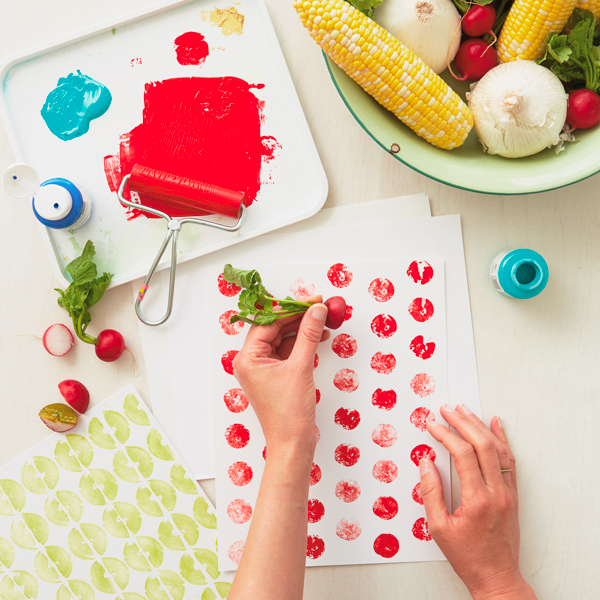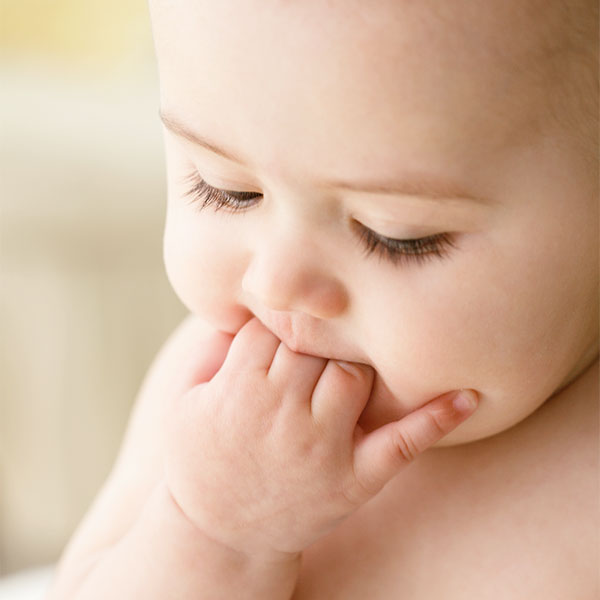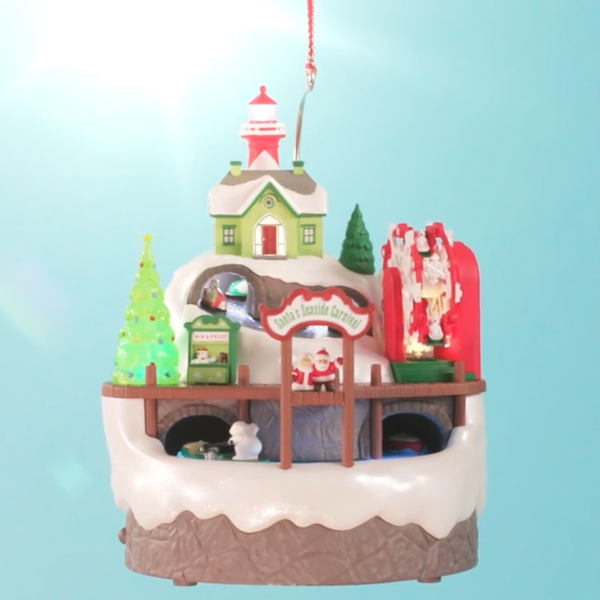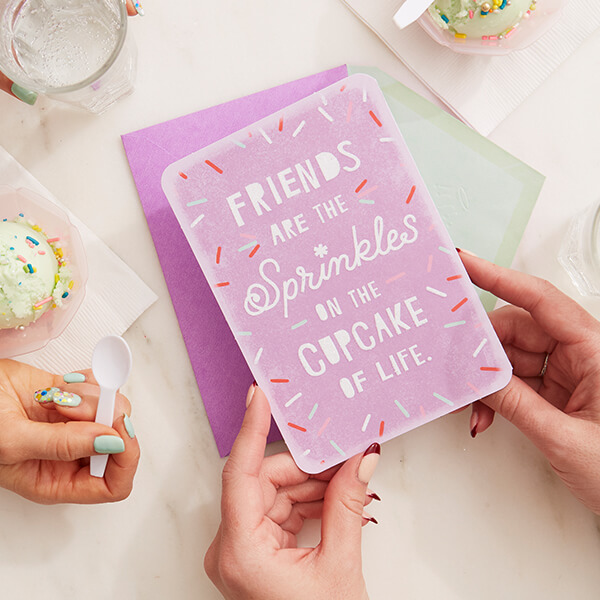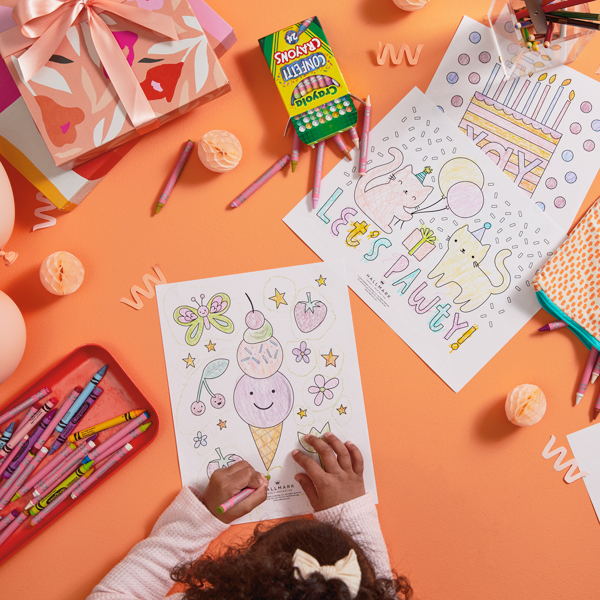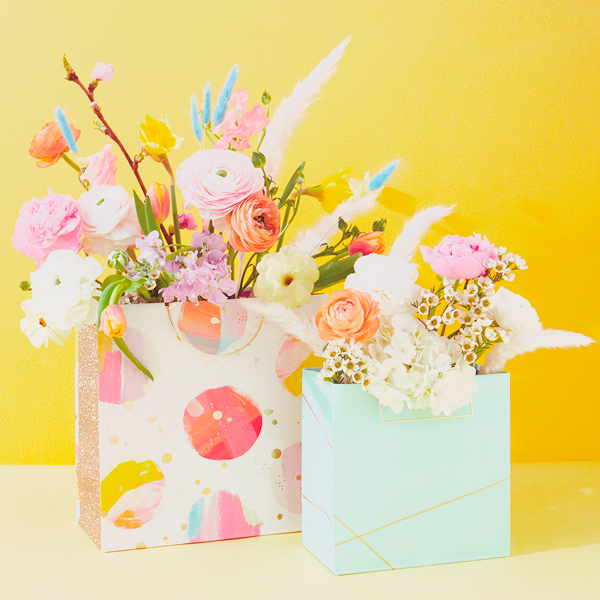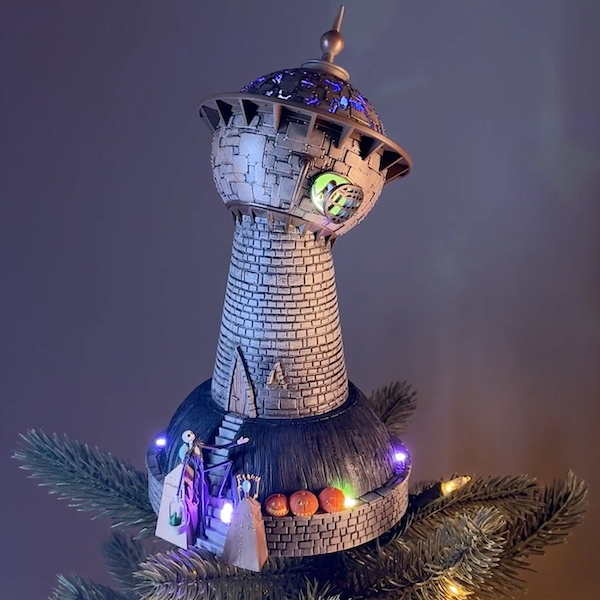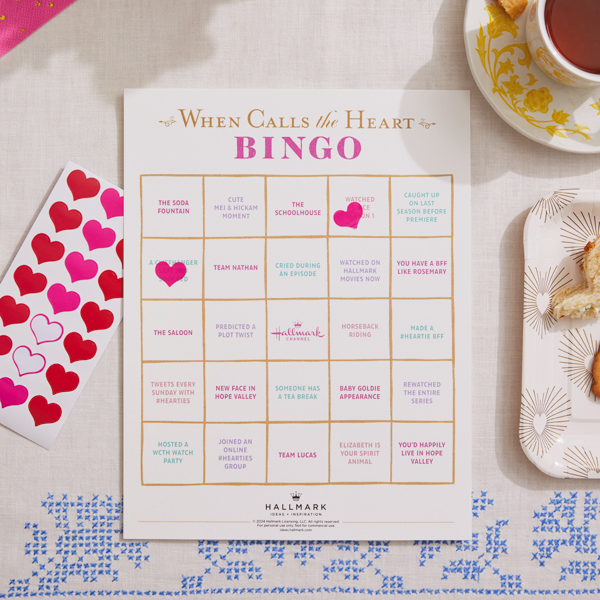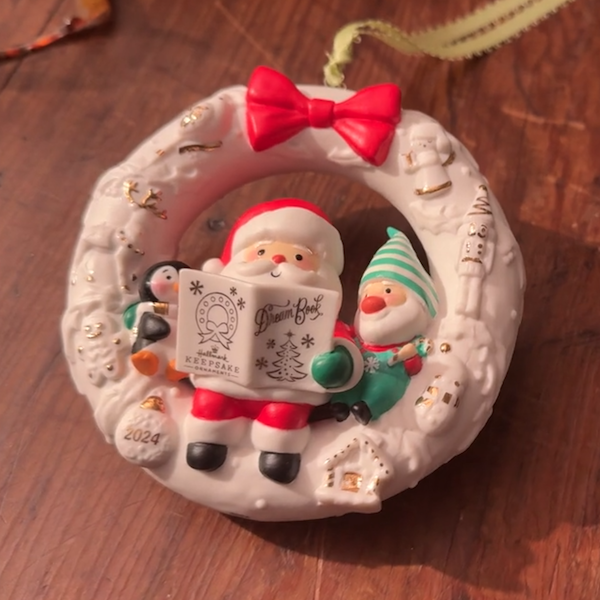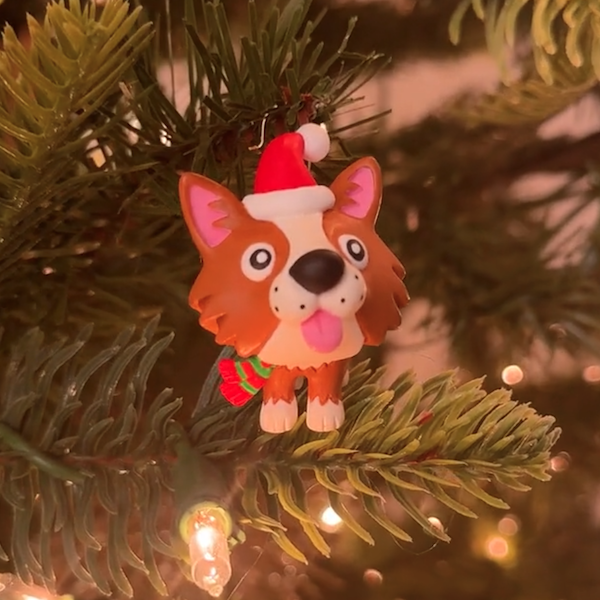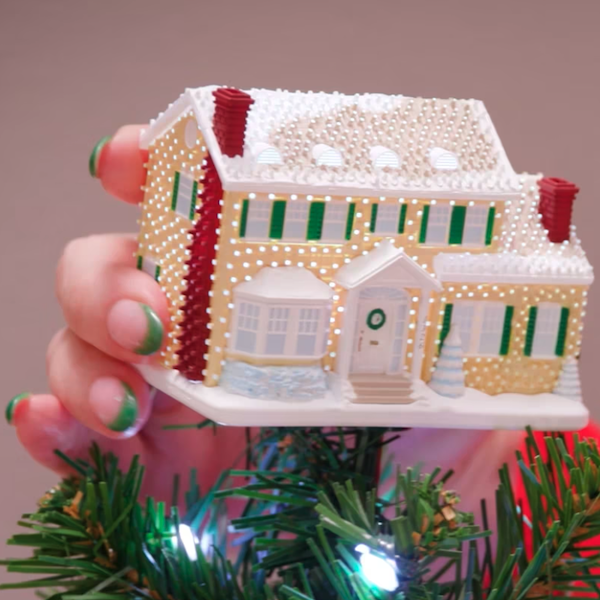How to Set a Table with Style: Simply Casual to Fancy Formal
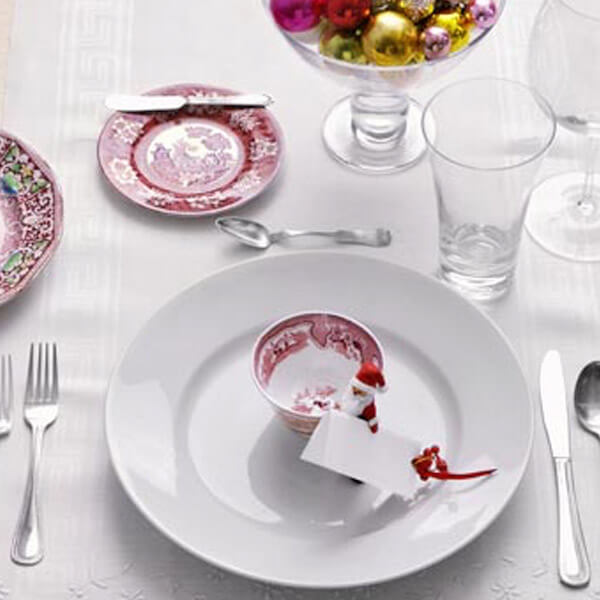
Knowing how to set a table is one of those life skills we used to have locked down by age 12 or so. But we live in a more casual world now. And we might need a little help when its time to bring out the formal place settings for company or just pretend we don’t have pizza and chicken nuggets so often. We asked Hallmark Content Strategist Trish Berrong to explain casual place settings (proving to her mother she remembers how) and Photo Stylist Andy Newcom for his tips on formal place setting a with style (because…well, you’ll see).
Inspired? Create and share by tagging @hallmarkstores.
How to Set a Table - Casual place setting
By Trish Berrong
If your entertaining style is casual—like, “grab a plate and a drink and sit where you want”—gathering around a table might already feel pretty dang formal. That’s where a relaxed (but still correct, MOM) approach to etiquette comes in handy. A good mnemonic or two is also super-helpful for casual place settings.
But let’s start simple: Get the homework or the mail or the cat off the table and wipe it clean. Find the tablecloth and placemats you got when you had dreams of home-cooked meals and long conversations around the table. (That part’s optional: The casual table does not demand such extravagances.)
Here are the basics for a casual place setting.
Casual Place Setting - Table guide
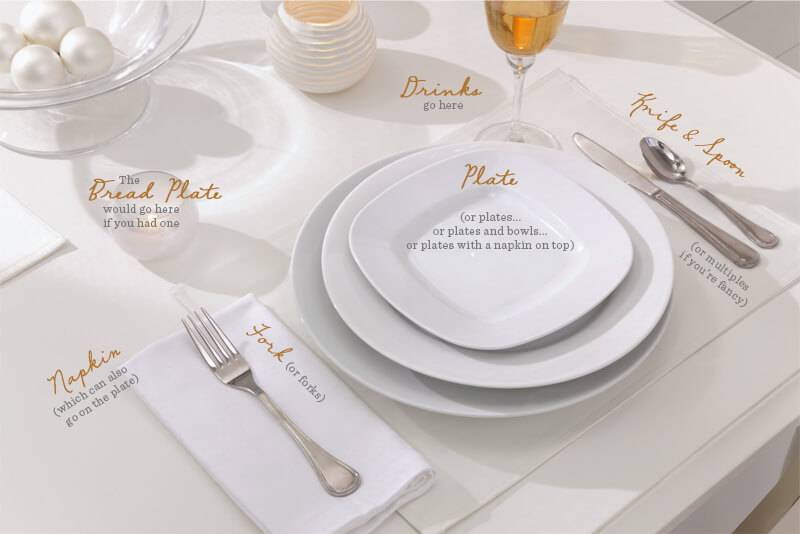
Casual Place Setting - Mnemonic #1: FOrKS
- F is for fork. It goes on the far left with a napkin underneath. (Or you can roll up a cloth napkin in a napkin ring and center it on the plate.)
- O looks like a plate, which goes in the middle. Feel free to stack salad plate or a bowl on top.
- r means “remaining utensils,” and that leads us to…
- Knife, which goes to the right of the plate with the blade facing in, and…
- Spoon (or spoons).
Casual Place Setting - Mnemonic #2: b and d
Touch your thumbs to your middle fingers and point at the table, so your hands look like a lower-case b and d.
- b means “bread and butter”—if you provide a cute little plate for carbs, it goes to the left of the fork.
- d means “drinks”—they go above and to the right of the knife and spoon.
It can be that simple and easy. But when you want to go all out…
How to Set a Table - Formal place setting
By Andy Newcom
The secret is to understand formal table setting etiquette and then bravely break the rules to make the table your own.
Start simple: snowy white tablecloths and napkins are classic. I like contrast, so I mix nostalgic plates and dishes with a modern serving dish or platter. In my book, there’s no such thing as excess, so crowd that table with as many pretty things as will fit: Fill compotes with decorations and set out glasses for Champagne, red and white wine, and water. (I figure that if you use every piece of silver and crystal you have, people will assume your food is fabulous!) Stay away from stinky candles—nothing on the table should smell except the food!
The most important rule: Remember that the goal is to bring loved ones together and feed them with food, stories and laughter. You’ll be a great success—whether or not you have a fish fork!
Formal place setting - Table guide
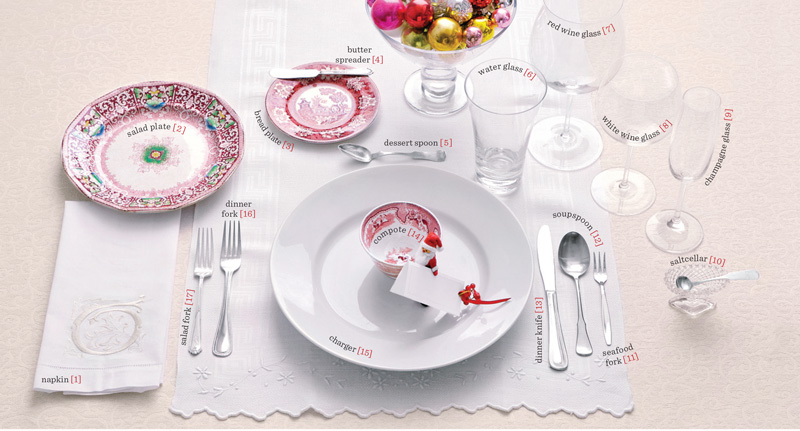
1. Napkin – When an appetizer is on the table before guests are seated, place the napkin to the left of the forks. Otherwise, center it on the chargers.
2. Salad plate – These plates go above and to the left of the salad fork unless your family eats salad after the entrée—in which case, put them out after dinner.
3. Bread plate – Slightly smaller than the salad plate, this sits above and to the left of the charger. Use extras as dessert plates or saucers.
4. Butter spreader – Guests use their own spreaders to smooth butter on bread—while a butter knife with its pointed tip is used to slice butter from the communal serving dish. Spreaders go on the bread plate, blade down and to the left.
5. Dessert spoon – The same shape as a teaspoon, though slightly larger, this utensil rests above the dinner plate.
6. Water glass – Since water is consumed throughout the meal, it’s served in the largest glass or goblet on the table. We used a casual bistro glass.
7. Red wine glass – Because red wine has big flavors and aromas that need room to expand, this glass is larger than a white wine glass. Red wine is traditionally served with the entrée, so place the glass closest to the table’s center.
8. White wine glass – The sides of this glass are straighter than those of a red wine glass to concentrate the delicate flavor, which is also why this glass is smaller. White wine is often served with lighter dishes, such as fish. The glass goes second in from the right.
9. Champagne glass – “Tulip” (above) is the Champagne glass shape experts prefer. Since Champagne is often enjoyed before wine, place the glass on the far right.
10. Saltcellar – In medieval times, salt was so valuable that it was locked in the cellar after meals. Today, formal dinners include saltcellars placed at each diner’s far right, with a small spoon for sprinkling.
11. Seafood fork – This small, three-pronged fork is meant for eating seafood, such as shrimp cocktail, and should be placed to the right of the soupspoon. It can be used to spear condiments, such as olives or lemon slices.
12. Soupspoon – Similar in shape to a tablespoon, this is used for eating chunky soups, such as minestrone or stew, and goes on the right of the outermost knife.
13. Dinner knife – The longest knife in a flatware set, this should be at every place setting except when soup is the main course. It goes directly to the right of the charger.
14. Compote – This type of footed bowl was popular in 16thcentury Italy and was often used as a candy dish. Small compotes can be used to serve an appetizer or dessert; we chose a small teacup instead.
15. Charger – Meant as a base for the appetizer plate at formal meals, a charger should already be on the table before guests are seated. Then you clear it and replace it with the salad or dinner plate before serving the next course. In less formal situations, you can use a charger as a dinner plate or vice versa.
16. Dinner fork – Originally called a “table fork,” this utensil goes directly to the left of the dinner plate because it is the final fork used during the main meal.
17. Salad fork – The fork originally had claw-shaped tines, the better to spear lettuce. Today it’s broader than the average dinner fork. Place it to the left of the dinner fork since it will be used first (unless, in the European style, you enjoy salad after the entrée—then it should go closest to the plate).
Formal place setting - Table manners
Whether you’re eating with friends, family, or business connections, good table manners will make the meal a nicer one. And even if it’s just you and the cat*, it doesn’t hurt to practice.
- If you’re serving yourselves, pass dishes of food to the right.
- Wait until everyone has been served to start eating.
- When someone asks for the salt or pepper, pass them together.
- Don’t reach for food—ask the person nearest what you want to pass it.
- Instead of buttering a whole slice of bread, break off a bite-sized piece and butter it from a pat you’ve put on your plate.
- Keep your elbows off the table while you’re eating.
- Chew with your mouth closed, and don’t talk with food in your mouth.
- Your napkin goes in your lap until the meal is finished. When the hostess puts her napkin back on the table, leave yours folded on the left side of your plate.
- Speaking of your napkin: Don’t blow your nose in it. And don’t hide food in it.
- When you’re finished, place your silverware diagonally on your plate, with tops pointing up and to the left.
- Not sure what to do? Take your cue from the host or hostess.
*Not all tips will apply to meals with cats.
Ready to set your own picture-perfect holiday table—but can’t tell a salad fork from a seafood fork (let alone put the bread plate in the right spot)? Download Andy’s step-by-step table setting guide and you’ll be set to impress your guests.
Shop Thanksgiving
See allYou may also like
See more-
Gifting The Office gifts and decor make WFH way more fun
From 9-5, our favorite show is The (Home) Office. 💼 📄 Add some fun to WFH with products and decor from The Office, av...
-
Summer Vegetable stamping: How to make simple, modern prints with produce
There are so many reasons to try fruit and vegetable stamping: It's surprisingly creative. It's easy. It uses stuff y...
-
Baby 40+ baby photoshoot ideas, tips and tricks from Hallmark photographers
You have the cutest baby in the world. There’s no contest. It’s not even a question. But what you might not have are ...
-
Christmas Step right up and see the Seaside Carnival Keepsake Ornament
Get ready for all the sights and sounds of Santa’s Seaside Carnival! Santa and Mrs. Claus are ready to greet visitors...
-
Friends Friendship messages: What to write in a friendship card
Whether it’s your friend’s birthday or just any old day, sending a card is a great way to bring a smile and nurture ...
-
Card Ideas 17 ideas for saving your favorite cards and letters
If you’ve got a shoe box full of old cards and letters, you’re definitely not alone. People have been stashing away m...
-
Birthday Free birthday coloring pages to add more fun to the celebration
The best birthdays are the ones filled with lots of little treats and fun activities, from sunup to sundown. If you’r...
-
Family Tips and ideas for preserving and displaying family recipes
Family recipes are a special kind of priceless heirloom—the kind that transport us back to our favorite times with ou...
-
Mother's Day Meaningful, personal Mother's Day gift ideas for every mom you know
It can be tough to come up with gift ideas for Mom. Most of us want to give her something meaningful: a gift that sho...
-
Father's Day Celebrating two dads on Father's Day: Tips and ideas inspired by real families
As a dad, I appreciate Father’s Day. Even though my family has never made a really big deal out of it, it’s always so...
-
Thank You 100+ teacher appreciation gift ideas to say “thanks for all you do!”
In 6th grade, my homeroom teacher made us illustrated, laminated bookmarks—each one a custom collage of our interests...
-
Christmas Dr. Finkelstein’s Lab Tree Topper
Fans of Disney Tim Burton’s The Nightmare Before Christmas, we have a frightfully fun new addition for your tree! Kee...
-
Graduation Graduation gift ideas for every level of education
My little brother starts kindergarten this year, and I’m already bracing myself for the tears—mine, not his. I know t...
-
Lifestyle Free printable When Calls the Heart Bingo card to celebrate the Season 11 premiere!
Who's ready for a Heartie Party? You know we are! So much so, we created a bingo card to add a whole extra layer of f...
-
Christmas Star Wars: A New Hope™️ Collection
You don’t have to travel to a galaxy far, far away to experience an epic adventure! Each stocking holder performs sce...
-
Christmas Wreath of Memories Keepsake Ornament
Get a special behind-the-scenes look at how Keepsake Artists Gregor Benedetti and Rob Stanphill collaborated on the d...
-
Christmas Howliday Helpers First in Series Keepsake Ornament
Do you want the inside scoop on an im-paws-ibly cute new series? We’ll throw you a bone—Keepsake Artist Sharon Visker...
-
Christmas Keepsake Ornaments ShowToppers Mini Collection
We’re so excited to introduce our new ShowToppers collection. Featuring three unique designs, each tree topper is int...
-
Christmas Keepsake Ornaments North Pole Village Table Decoration
Keepsake Artist Sharon Visker is here with a special delivery of Christmas magic! Hear how she brought this bustling ...
-
Christmas Harry Potter and the Chamber of Secrets™️ Storytellers Collection
Ready for a little magic? Featuring light, sound and real dialogue from the movie, Harry, Dobby, Ron, Hermione and th...


